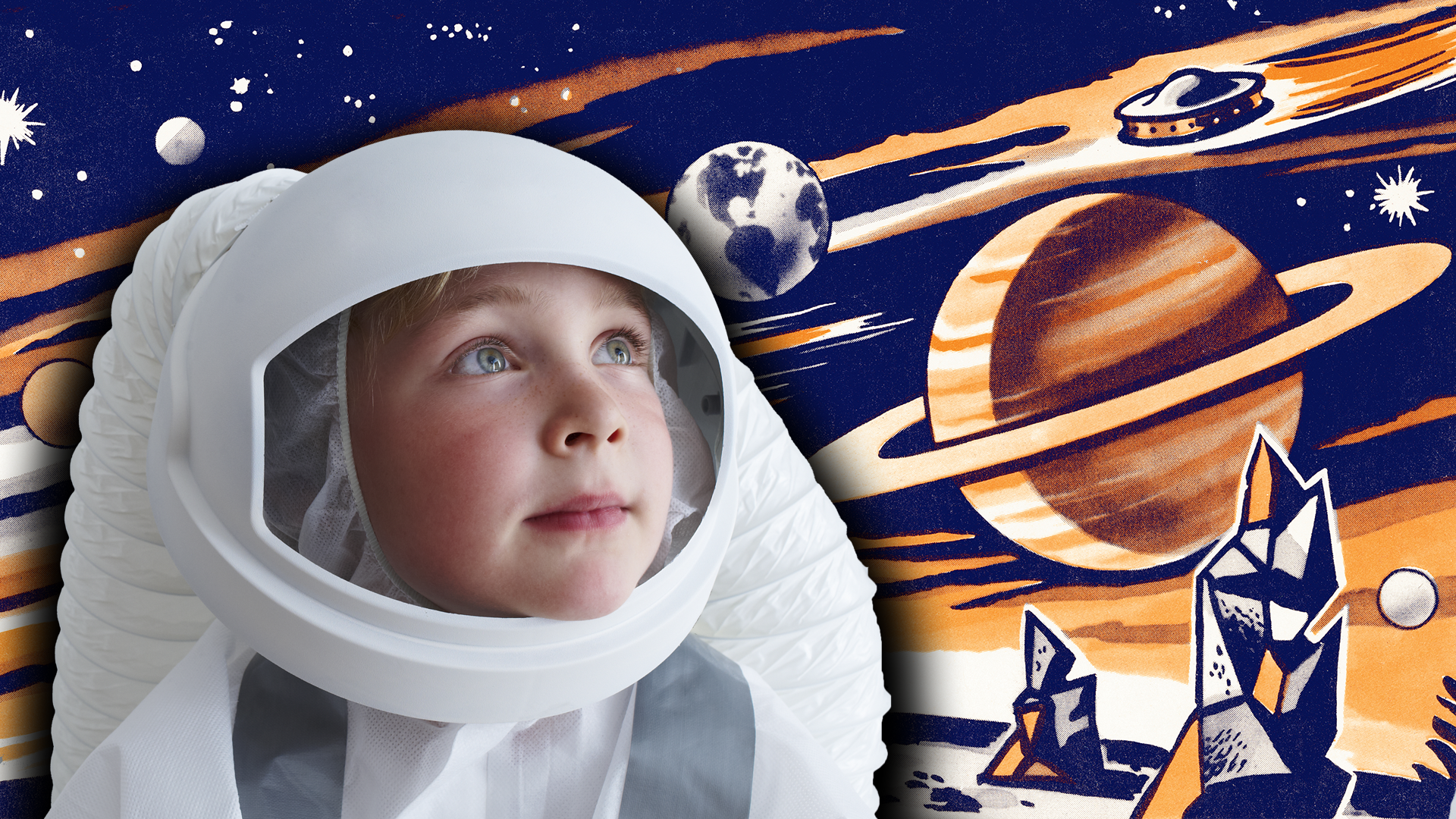James Webb Space Telescope: World's biggest telescope discovers its first planet
- Published
- comments
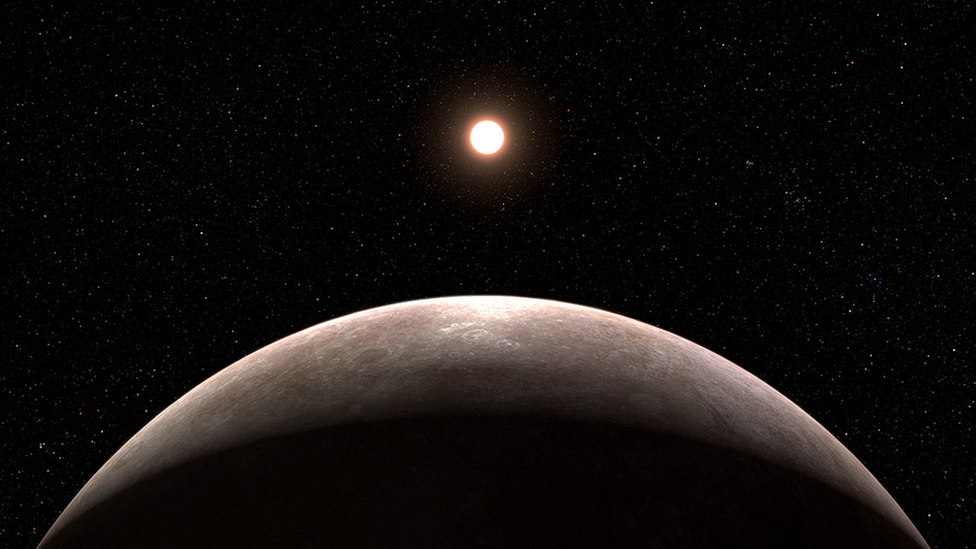
An artist's impression of how planet LHS 475b might look
The James Webb telescope has been making plenty of new discoveries since being launched just over a year ago, and now it can add another achievement to its list.
For the first time, the world's largest telescope has discovered a planet, known as an exoplanet - a planet that orbits another star.
Not only that, it appears to be very similar in size to Earth!
Scientists are planning future observations to discover more about the new planet in the coming months.
If you cannot see the quiz, click here.
What have scientists found?
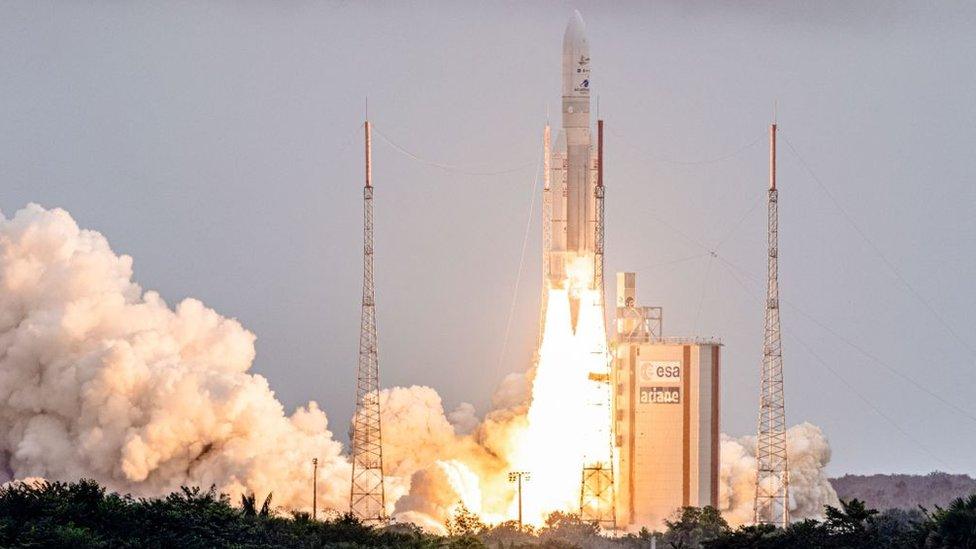
Nasa launched the James Webb telescope on 25th December 2021 on its mission to show the first stars to light up the Universe
The rocky planet is named LHS 475b and is located 41 light years away in the Octans constellation.
It was first spotted by one of Nasa's satellites but it was the James Webb telescope that was able to see it and confirm its presence.
As the planet is so new, there is still much to learn about LHS 475b, however scientists have been able to confirm some initial details so far.
The James Webb telescope contains 18 mirrored segments specially designed to capture infrared light from the first galaxies that formed billions of years ago!
It is a small, rocky planet that's almost exactly the same size as Earth.
They've also discovered that it is a few hundred degrees warmer than our planet.
The team are still trying to find out whether it has an atmosphere - however they are certain that it doesn't have a thick methane atmosphere such as the the one on Saturn's moon, Titan.
Scientists are excited by the new discovery and expect the huge telescope to find many more new planets in the future.
Nasa director Mark Clampin said: "These first observational results from an Earth-size, rocky planet open the door to many future possibilities for studying rocky planet atmospheres with Webb.
"Webb is bringing us closer and closer to a new understanding of Earth-like worlds outside our solar system, and the mission is only just getting started," he added.
Scientists hope to find out more information about the new planet with future observations scheduled to take place this summer.
- Published28 December 2021
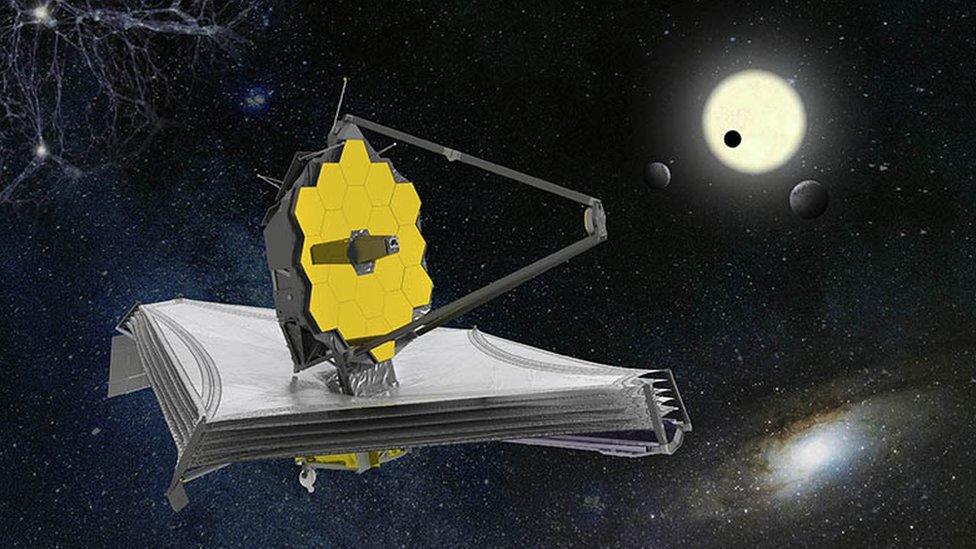
- Published31 October 2022
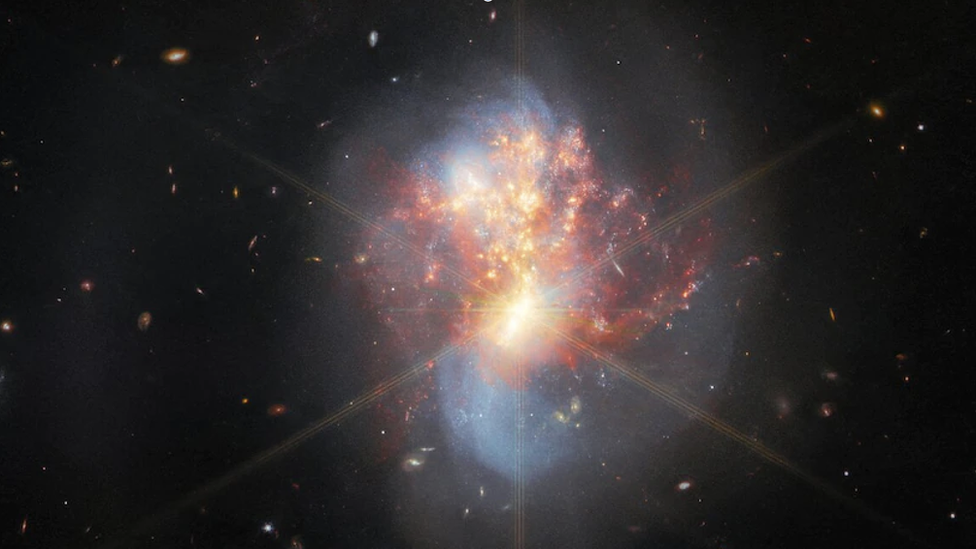
- Published14 September 2021
